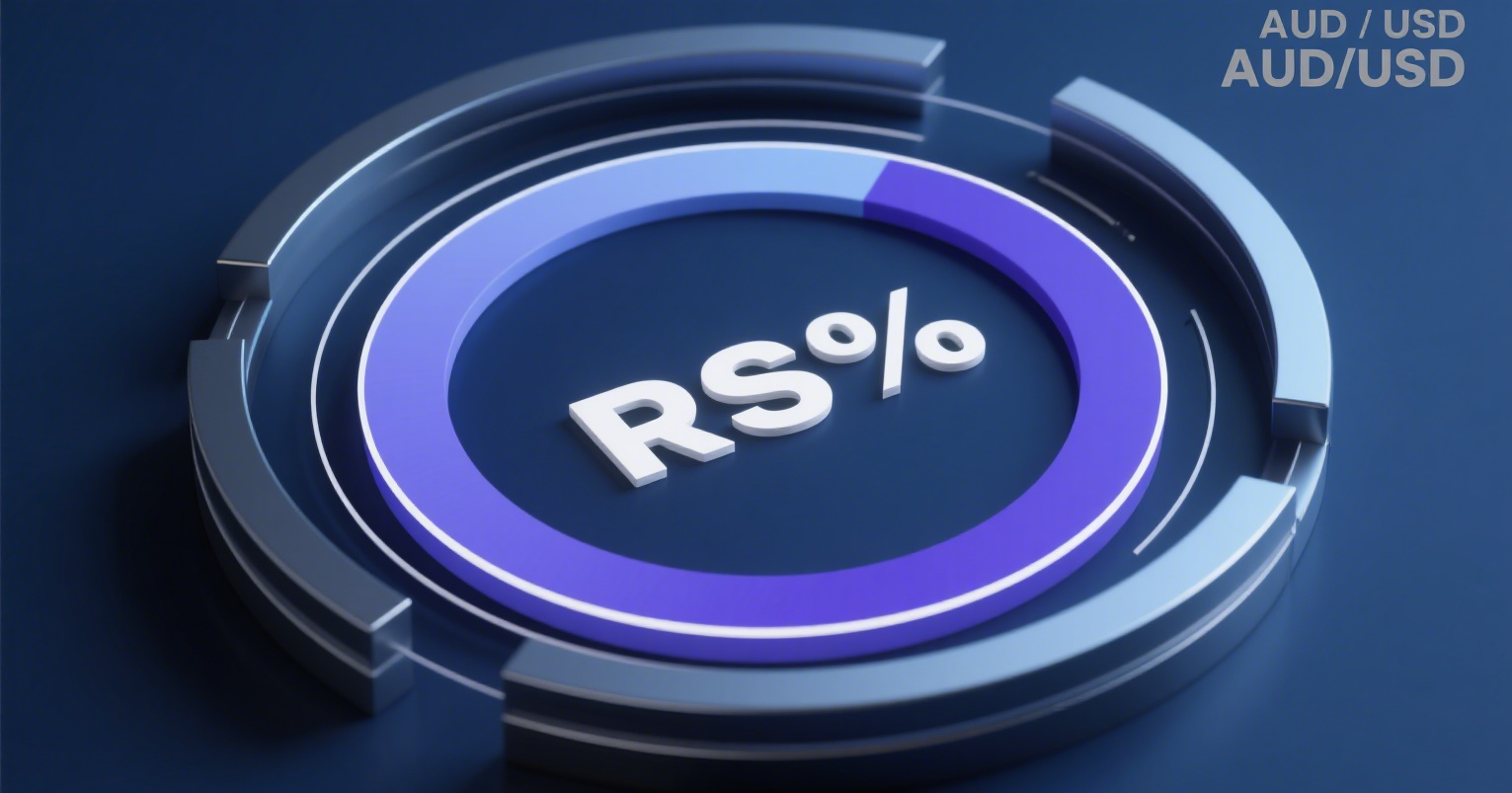
Taiwan Dollar Continues to Rise! Machinery Industry Urges Government to Adjust Exchange Rate to 33 TWD/USD
The New Taiwan Dollar (NTD) continues to appreciate, and with the U.S. tariff surge looming, the Machinery Association has called on the government to implement defensive exchange rate controls to bring the NTD/USD rate back to the 33 range. Meanwhile, the central bank predicts that the exchange rate will normalize in the second half of the year, ruling out a repeat of the sharp appreciation seen earlier this year due to the absence of strong upward conditions.
On Thursday, the NTD closed at 29.82 against the USD, rising by 1.7 cents, and opened at 29.8 on Friday, gaining another 0.2 cents. Under pressure from both exchange rates and tariffs, banks and insurance companies are preparing for impact.
Taisin Bank President Lin Shu-chen stated, "Although there is a 100% tariff on semiconductors, manufacturers setting up plants in the U.S. will be exempt. Therefore, we expect more clients to consider establishing operations in the U.S. Currently, we have no presence there, but we are evaluating the possibility."
However, the central bank analyzed that with tariff uncertainties fading, the Fed's rate cut expectations already priced in, and renewed confidence in the USD, the NTD exchange rate will stabilize in the second half of the year. The extreme and irrational fluctuations seen earlier have ended, and the NTD lacks the conditions for a strong rally.
Senior analyst Weng Wei-chieh noted, "The future trend of the NTD will depend on the USD's strength, foreign capital flows, and exporters' hedging needs, balancing these three factors."
Meanwhile, the U.S. imposed a temporary 20% tariff on Taiwan, effective Thursday. The Machinery Association pointed out that compared to competitors like Japan and South Korea facing 15% tariffs, Taiwan’s 20% rate will severely impact the machinery industry. They urged the government to adopt defensive exchange rate controls to push the NTD/USD rate back to 33.
Weng added, "Intervention through adjusting interest rates and reserve requirements is feasible in the short term—raising interbank lending rates or increasing bank reserve ratios to elevate the NTD’s cost and reduce market demand."
Experts say future exchange rate trends will depend on foreign capital movements and the central bank’s stance, but they will also affect industry livelihoods.
















